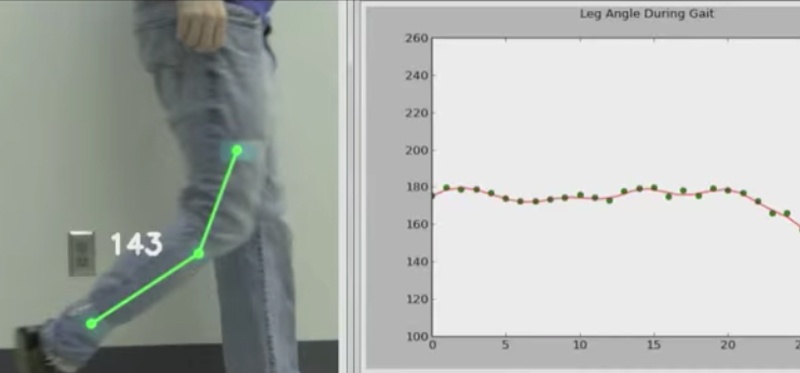A critical indicator of progress during the early stages of product development is the pace at which new information is created; such information is simultaneously the foundation upon which new concepts are built and the lens through which current concepts are viewed.
So how best to create new information?
Experience helps; all things being equal, having done something before encourages success the next time around. Beyond that it’s prototype, evaluate, repeat. Quickly.
Prototyping isn’t the bottleneck; between rapid prototyping and traditional shop work, concepts can be realized almost as quickly as designers and engineers can think them up. The limiting factor is evaluation, particularly trying to quantify the fuzzy front end.
Evaluation in the early stages typically focuses on low-fidelity prototypes, demonstrations by expert users, videos of actual procedures, and benchmarking of competitor products. Much of the information gathered at this point is necessarily qualitative. Still, some quantifiable questions remain: how much deviation is there in the angle at which different docs hold a laparascopic device? What is the path of personnel during a procedure? How does the movement of someone wearing a brace compare to healthy person?
Questions such as these can be answered (some with surprising ease) using computer vision (CV). All that is required is a camera to capture the images/videos and a tool such as MATLAB or Python to analyze it.
For example…
I’m going to share a simple example of CV in just a moment, but first a word of caution: some circumstances lend themselves to CV more than others. Specifically, straightforward CV projects will share the following characteristics:
- Measurements of interest are 2D (3D requires stereoscopic vision)
- In a controlled environment (i.e. consistent lighting, plain background)
- Low precision (high precision requires more fine-tuning of the code, camera resolution is also a factor)
In the example below, a Post-It is placed near the ankle, knee, and thigh. From this modest setup, angle data is extracted during a portion of gait.
Setup time: 20 min. Coding time: 2 hours (without reusing code).
The great thing about computer vision as a development tool is that it’s expandable. Once you can perform a simple task such as the one I’ve shown here, it’s a short step to more advanced topics like real-time vision and skin detection. Once you start adding these tools like these to your tool belt, you’ll be surprised at the uses you find for them.
